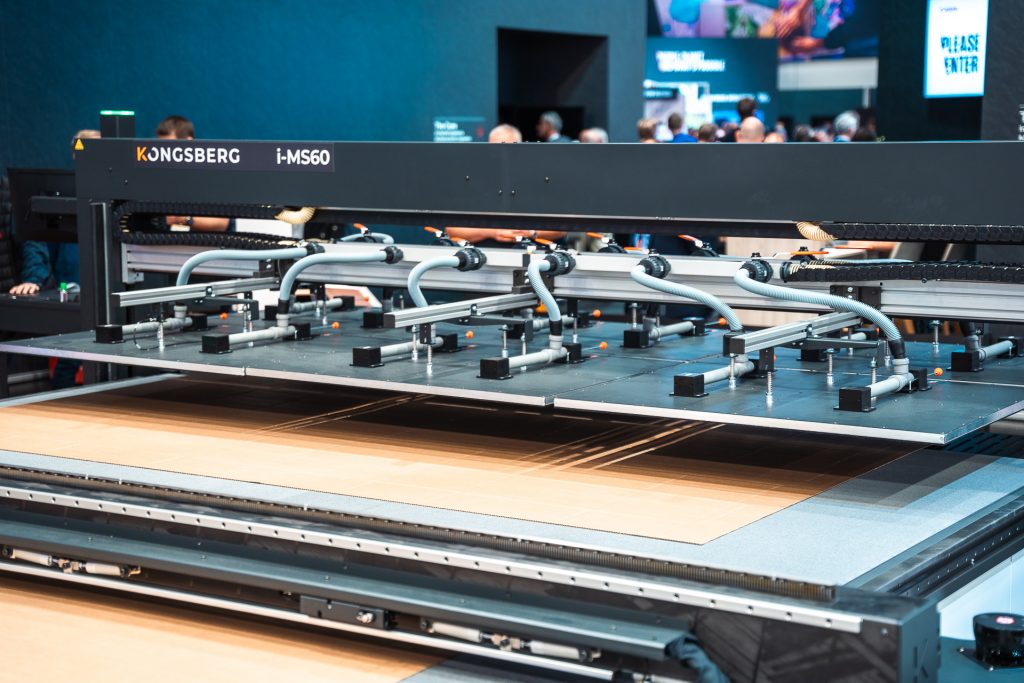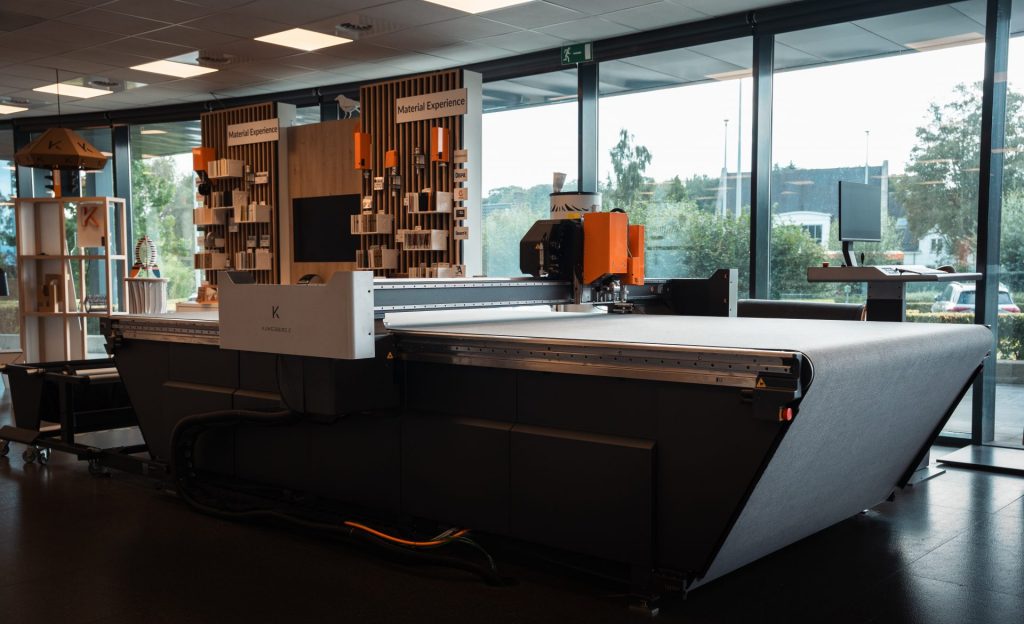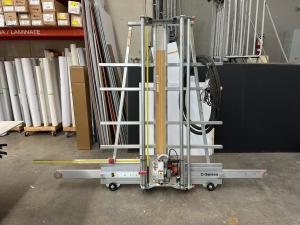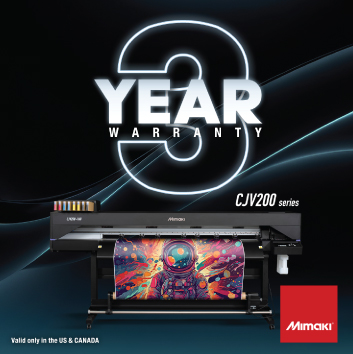Automation in action

In today’s fast-paced world, where time to market is critical, automation can no longer be seen as a luxury. Automation is essential if print businesses want to be both efficient and profitable. Whether inline, nearline, or offline digital printing, automation reduces errors, increases productivity, and lowers labour costs. Therefore, for print businesses looking to achieve a smooth workflow with minimal manual intervention, reviewing which elements across the production line can be automated should be a key priority.
This is also true regarding finishing and cutting, where automation helps avoid damage during material handling. The result is reduced errors and rework, which, with heightened sustainability and cost-saving considerations for businesses and consumers alike, cannot be overlooked. Take the back end of a cutting system, for example. Automation guarantees effective and efficient stacking, preventing bottlenecks that could slow production.
Automated production is also designed to manage more complex materials, allowing efficient feeding and stacking without intervention. This guarantees that each sheet is processed accurately and can maintain the structural integrity necessary for trickier application requirements. All applications should be processed with the same precision, accuracy, and efficiency throughout production, and automation eliminates variations caused by human error. This is especially important in today’s world, where uniformity and quality are key to delivering orders on time and meeting customer expectations.
Another consideration when thinking about the role of printing and automation in the future is artificial intelligence (AI). Like in any industry, AI can add significant value to automated finishing. AI-enhanced technologies can be used with high-resolution cameras, sensors, and machine-learning algorithms to enhance feeder, stacker, and vacuum settings. Feeder and stacker technology, for example, provides a seamless solution to increase productivity and speeds up short-run production by eliminating bottlenecks and reducing material damage and waste, without additional labour costs.
Examples of automated material handling solutions
Robotic sheet handling systems:
Automated sheet handling systems are designed to load and unload materials directly from pallets with precision and consistency. Systems such as Kongsberg’s further include adaptive gripping technologies that adjust to varying stack heights and material types. By integrating robotic material handlers into their workflow, print facilities can enhance production flexibility, manage a higher volume of jobs, and improve turnaround times without expanding their workforce.
Motorized roll feeders:
Motorized roll feeders feed flexible roll materials into cutting tables with controlled tension and alignment. This active feeding mechanism helps prevent common issues such as wrinkles, stretching, or misalignment, which can lead to inaccurate cuts in soft signage applications. Implementing these feeders improves cutting accuracy and material efficiency, especially when working with textiles or other delicate substrates.

Alongside the products themselves, the key to achieving a successful automated workflow lies in working with technology and software partners who understand your operational goals and can offer tailored solutions and informed guidance.
At Kongsberg Precision Cutting Systems and MultiCam, we work in partnership with businesses to imagine and unlock their full creative and commercial potential. Time is a critical resource in any operation, so when experts consult on ways to improve productivity, quality, and efficiency, it’s important to recognize that these aren’t just performance metrics—they are essential components that support broader business objectives.
A clear example of this support is when companies are guided on leveraging automation features to increase productivity. By adopting the right technologies, skilled operators can be freed from repetitive tasks and instead contribute their expertise to other areas of business where their impact can be even greater.
Looking to the future, print businesses will be under more pressure than ever to deliver high-quality products, while up against shrinking budgets, shorter time-to-market, more challenging media, sustainability challenges, and demanding customer expectations. Working with valued partners, printers can access reliable long-term support and work with experts to identify ways to maximize their productivity, use their skilled workforce, and solve business problems. This will enable them to access new paths to profit and, ultimately, grow their businesses.
Stuart Fox is the CEO of Kongsberg Precision Cutting Systems. From small to wide-format printing, Kongsberg Precision Cutting Systems are designed to handle everything with precision and speed, helping customers achieve high-quality printing results.



